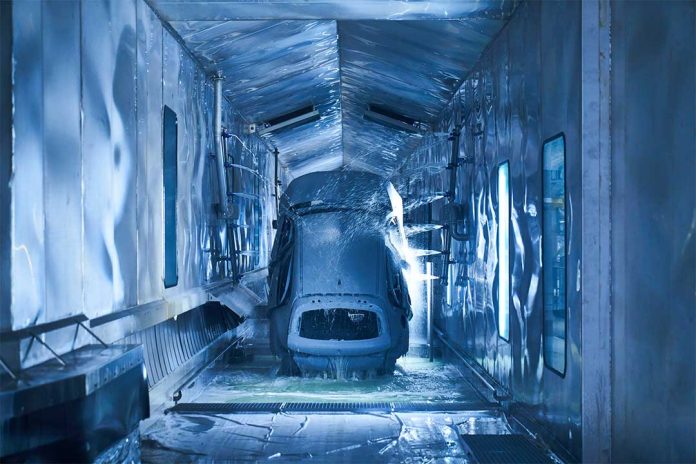BMW is the first manufacturer to use paints made of biowaste materials. The automotive moguls use biomass-based mat paints at their factories in Europe and South Africa.
BMW is changing the face of painting cars
The BMW Group has chosen to use BASF coating’s CathoGuard 800 ReSource e-coat at the plants in Germany, Leipzig, Rosslyn, and South Africa and the iGloss Matte ReSource clear coat throughout Europe. They use the more sustainable product versions for vehicle coating, which enables carbon dioxide avoidance of around 40% per coating layer. Their initiative aims to reduce the amount of carbon dioxide admitted in the plants by more than 15000 metric tons by 2030. As a corrosion protection technology with optimum protection of the edges, the CathoGuard 800 ReSource e-coat will help millions of cars live longer. It’s a biomass balanced version; CathoGuard 800 ReSource e-coat adds a reduced carbon footprint to the e-coat application’s material efficiency without changing the product formulation.
The new innovative production process makes it possible to replace petroleum-based precursors such as naphtha with renewable raw materials from organic waste, starting in the early stages of paint production. It reduces the consumption of fossil fuels and avoids carbon dioxide emissions associated with the production, transportation, and processing of crude oil.


Others who use sustainable paints
Apart from BMW, Skoda has also started using eco-friendly paints. Skoda’s main priority has been sustainability. They have reduced their energy consumption for drying the paint layers. They have used the new drying technology, which heats the metal of the car body uniformly from the inside out with the central recuperator design that reduces the operating energy by 25%. Five layers are involved during paint cycles, and overall the thickness reaches up to 100 micrometres. They use a thin layer of paint which means less material is used.


